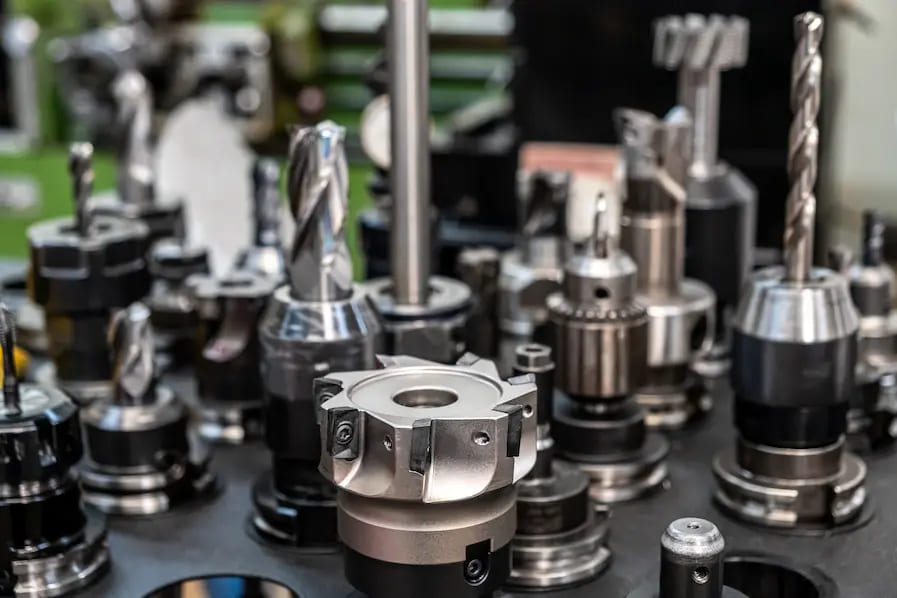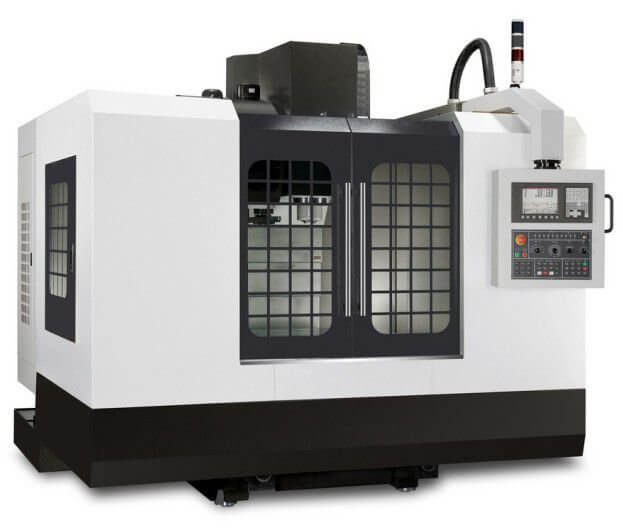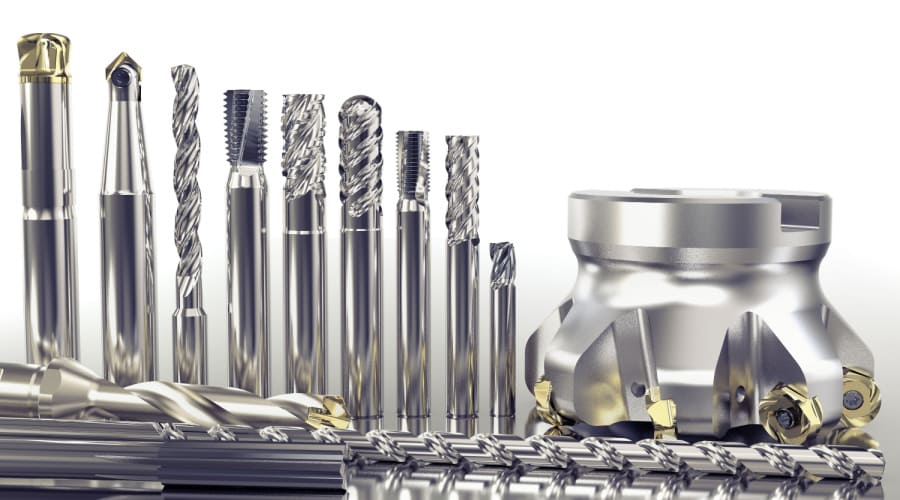Common problems and causes of CNC machining centers
In the operation of CNC machining centers, many problems will be encountered, such as tool chipping, excessive wear, damage, and workpiece chatter. Knowing the causes of these problems and how to improve them is of great significance to improving machining quality and efficiency. Let’s discuss these common problems in detail.
1.Causes of tool chipping during CNC machining centers processing
- Feeding too fast causes the tool to chip.
- Feeding too fast at the beginning of cutting causes the tool to chip.
- Loose clamping (tool) causes the tool to chip.
- Loose clamping (workpiece) causes tool chipping.
- Insufficient rigidity (tool) causes tool chipping.
- The cutting edge of the tool is too sharp, causing the tool to chip.
- Insufficient rigidity of the machine tool and tool holder causes tool chipping.
Ways to improve: The CNC machining centers slows down to a suitable feed speed – slows down the feed speed when cutting starts and clamps the tool. Clamp the workpiece. Use a knife that is as short as possible, clamp the handle a little deeper, change the fragile cutting edge angle, and sharpen it once. Change the fragile cutting edge angle, primary edge.

2.Reasons why CNC machining centers tools wear too fast
- The CNC machining center rotates too fast, causing the tool to wear too quickly.
- Work-hardened materials cause the tool to wear too quickly.
- CNC machining centers tool chip adhesion causes the tool to wear too fast.
- Improper feed speed (too low) of the CNC machining center causes the tool to wear too quickly.
- The inappropriate cutting angle of the CNC machining center causes the tool to wear too quickly.
- The primary relief angle of the CNC machining center tool is too small, causing the tool to wear too quickly.
Ways to improve: Slow down the CNC machining centers speed and add enough coolant. Use cutting tools and tool materials to increase surface treatment methods. Change the feed speed of the CNC machining center, the size of the eyebrow cutting or use cooling oil or an air gun to clean the eyebrow cutting. Increase the feed speed of the CNC machining center and try down milling. Change to appropriate cutting angle. Change to a larger back angle.

3.Reasons why tools are damaged during CNC machining center processing
- The CNC machining center feeds too fast, causing the tool to be damaged.
- Too much cutting volume causes the CNC machining center tool to be damaged.
- The blade length and total length of the tool are too large, causing the CNC machining center tool to be damaged.
- Excessive tool wear causes the CNC machining center tool to be damaged.
Ways to improve: CNC machining center slows down feed rate. Use a smaller cutting amount per edge. The CNC machining center tool handle is clamped deeper and a shorter knife is used. CNC machining center tools are ground before use.

4.Causes of chatter marks on workpieces in CNC machining centers
- The feed and cutting speed of the CNC machining center are too fast.
- The tool rigidity of CNC machining center is insufficient.
- The clearance angle of the CNC machining center tool is too large.
- The workpiece is not tightened.
- Consider CNC machining center speed and feed amount.
Ways to improve: Modify the feed rate and cutting speed of the CNC machining center. Use a better CNC machining center and tool holder or change the cutting conditions. Use a smaller back angle, and grind the CNC machining center tool before use. Clamp the workpiece. The relationship between speed, feed rate and cutting depth is an important factor in determining the cutting effect. Inappropriate feed rate and speed often lead to reduced output, poor workpiece quality, and serious tool damage.
